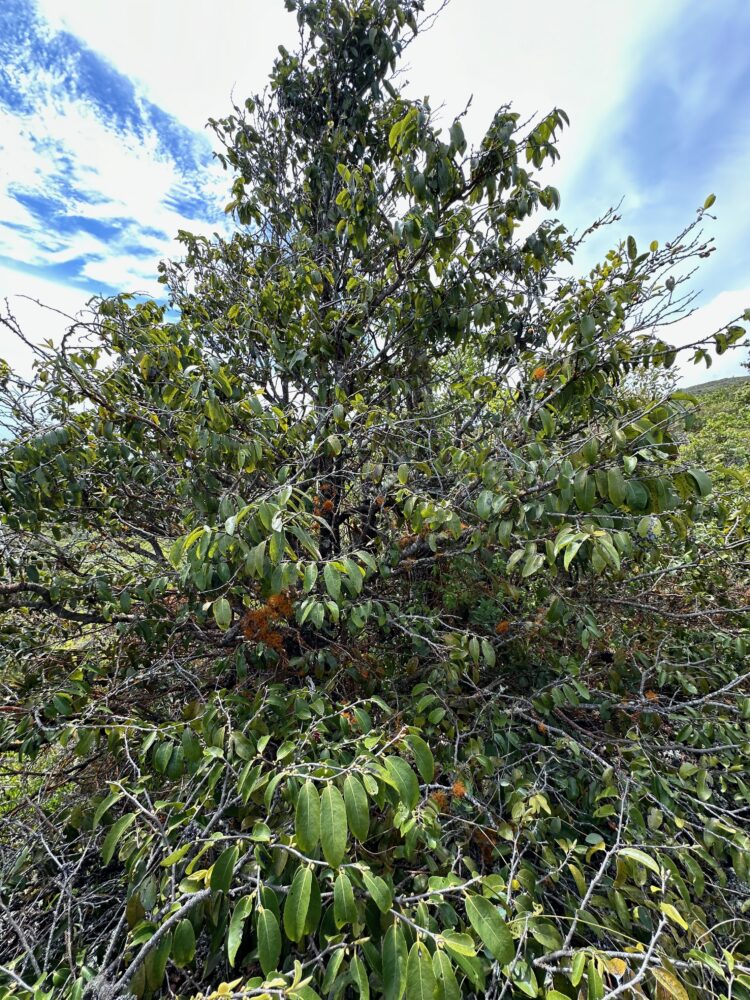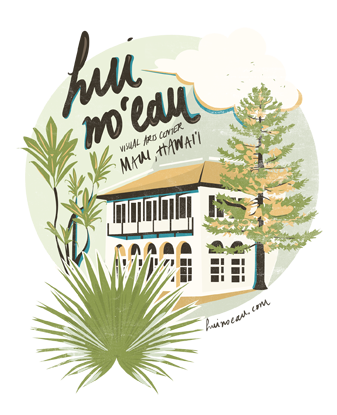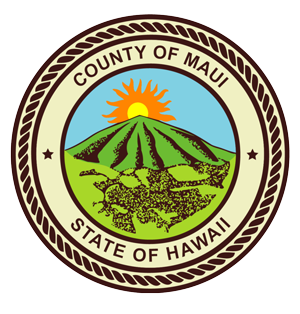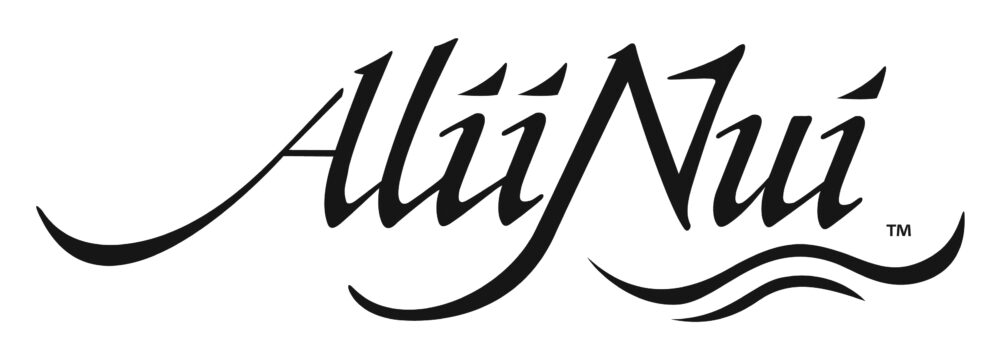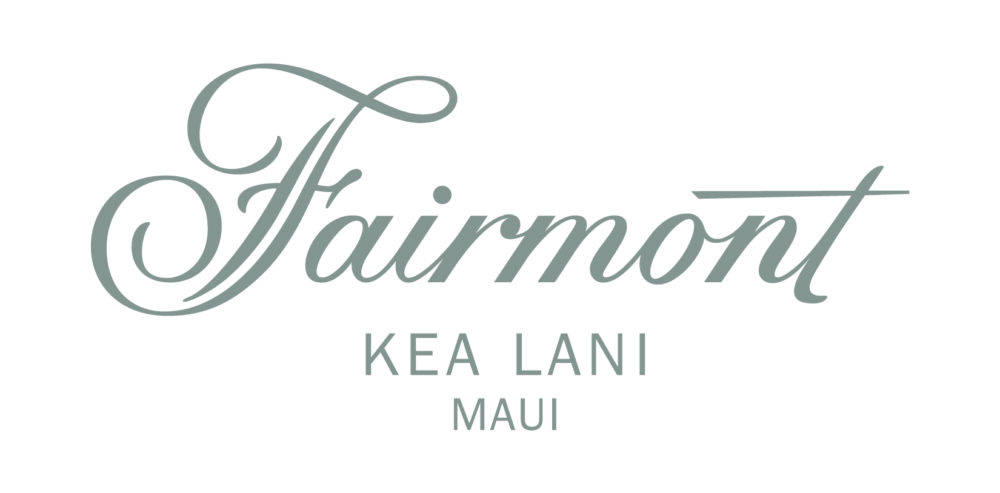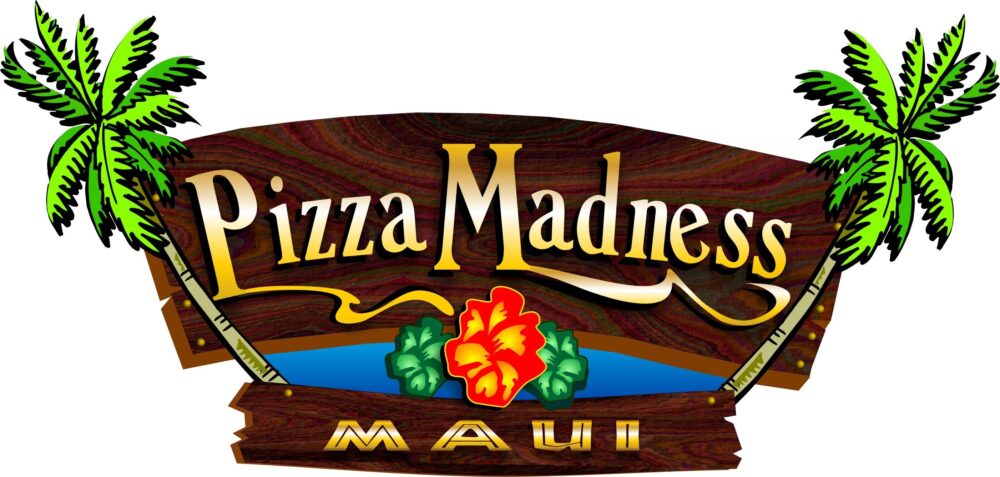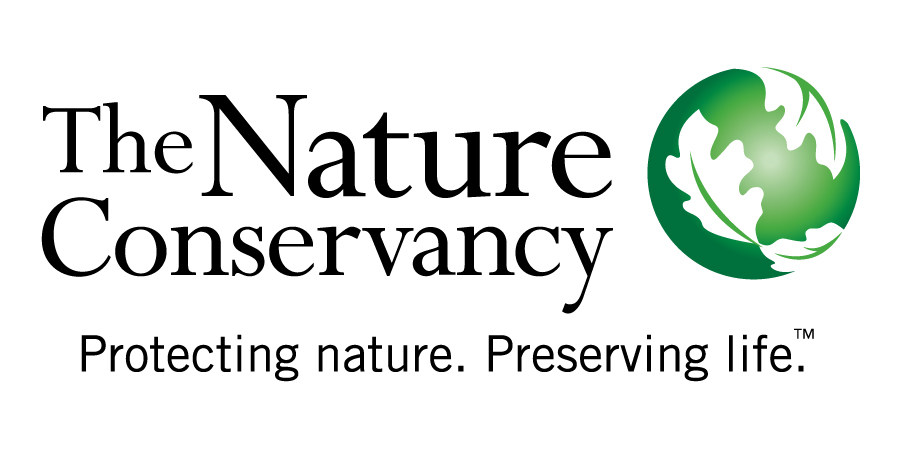On this field day, Dr. Art Medeiros, one of Maui’s leading biologists known for sharing stories packed with fascinating details about Hawaiian biota, will lead a group to visit the recovering forest and some of its rarest native tree residents, such as the mēhamehame (Flueggea neowawraea). Once one of Hawaiʻi’s tallest canopy trees, now, only three wild mēhamehame trees remain on Maui island, two of these at Auwahi.
Saturday, July 13th 8:30am-3pm
Auwahi Dry Forest with Dr. Art Medeiros
This trip is now FULL. You may email volunteer@auwahi.org to be added to a waitlist. Please include a little background about yourself and and special tree you might want to see.
Participants will access the forest via Auwahi project 4WD vehicles up a bumpy road for about 45 minutes each way. The group will stop at various places and take relatively short hikes over steep and uneven terrain, through portions of the forest with no marked trails.
Please bring with you:
- Hiking boots that extend above the ankle (if you don’t have boots, let us know your size, we probably can lend you a pair from our ‘boot bank’ but remember your socks please)
- Long pants and shirts with long sleeves are recommended
- 1-2 liters of water
- Jacket, rain jacket, hat, sunglasses. Layering clothing really helps with rapidly changing weather
- Backpack
- Sunscreen
- Lunch



About Auwahi
Auwahi forest on Maui along with Puʻu-waʻawaʻa forest on Hawai’i were identified in 1913 by Joseph Rock as the two richest forests in the archipelago based on tree diversity. Auwahi forest provides habitat for more than 50 native tree species, more than in the entire country of Ireland. The famed biologist Wayne Gagne once said, “If you know your trees at Auwahi, you pretty much know most of the native trees of Hawaiʻi.” In Hawaiian culture, these often hard-wooded trees formed much of the basis of their lives – tools, homes, weapons, ornaments, nearly everything. The trees remain treasured components of the culture, not just for their uses, but also their spiritual importance as physical representations of deities.
Many of these native trees are making their last stand at Auwahi – the last safe wild place for them on the planet. In many ways, dry forest remnants at Auwahi are like looking through a window into the past, into a once completely forested Maui. Though Hawaiian dry forests only occupy 0.01% of the total area of the United States, they provide habitats for 9% of all the Endangered or Threatened plant species in the United States. For over 25 years, the Auwahi Forest Restoration Project (www.auwahi.org) has been engaged in community-enacted ecological restoration of particularly rich remnant tracts of dry forest at Auwahi, Haleakalā. Through this effort, the native forest at Auwahi is in the midst of a remarkable comeback. After an absence of centuries, two-thirds of the native tree species at Auwahi have produced seedlings.


